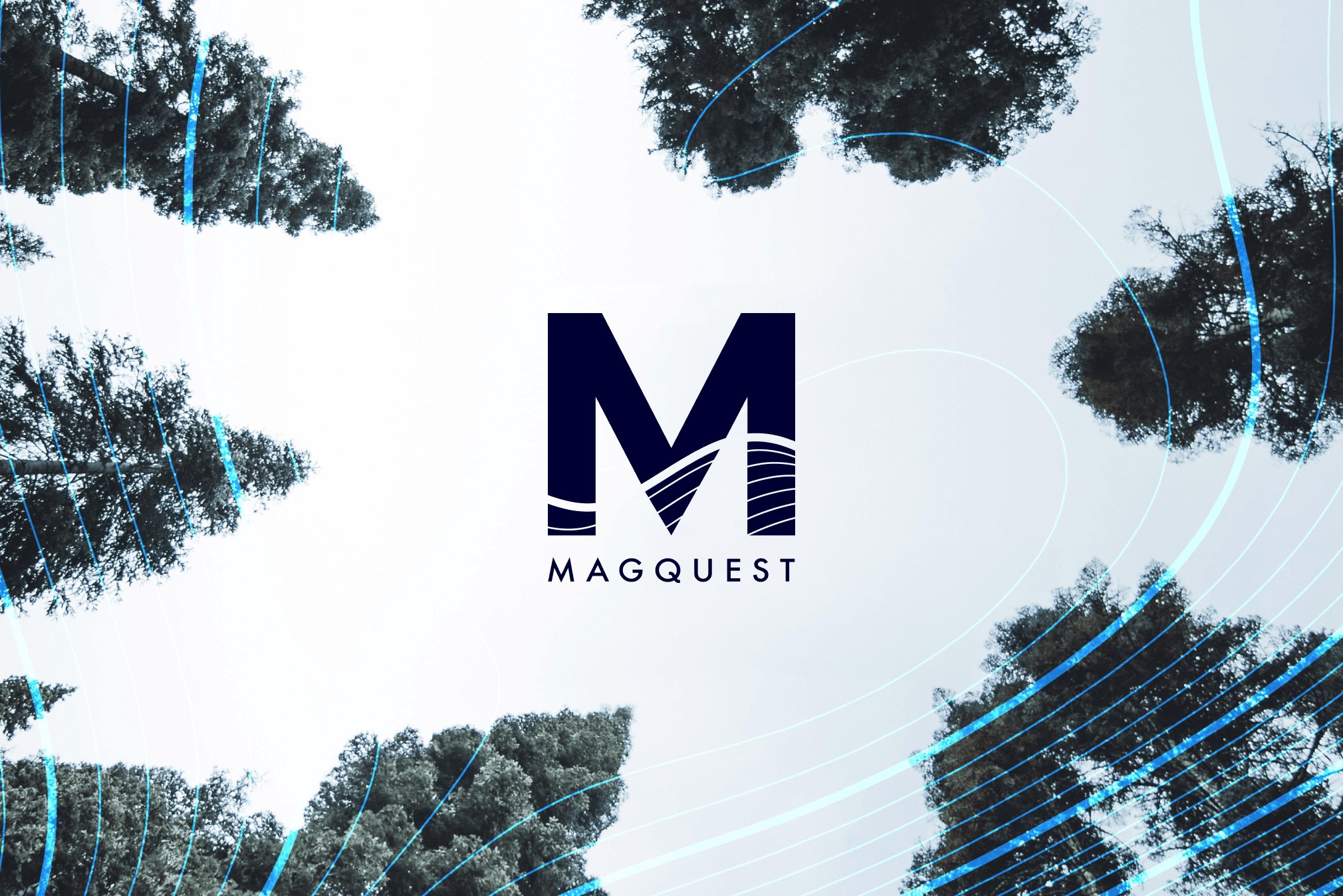“Star solver” developed a novel CubeSat-based solution to collect geomagnetic data.
The World Magnetic Model (WMM) is embedded in thousands of systems and supports GPS for more than a billion smartphones. Production of the WMM currently uses space-based magnetic field measurements provided by a satellite mission. To ensure sustainability of the WMM, the U.S. government has taken a proactive approach to identifying new methods of data collection. The National Geospatial-Intelligence Agency (NGA) went beyond the probable solutions to discover what’s possible — and then provided the necessary conditions to turn the most promising ideas into detailed designs.
This week, NGA announced winners in the third phase of MagQuest, a $2.1 million competition to advance how we measure Earth’s magnetic field. Phase 3 of the challenge, designed and produced by Luminary Labs through a contract with the NASA Tournament Lab, awarded $900,000 in cash prizes.
Iota Technology, led by one of NASA Tournament Lab’s star solvers, will take home the $350,000 grand prize. In a conversation with MagQuest, team lead Hugo Shelley explained how he applied his subject matter expertise and experience with open innovation to the unique challenge posed by MagQuest:
“Despite having made use of the WMM several times over the last few years, I was unaware of how the data was collected or the technical achievements that have made this model possible! MagQuest was a unique opportunity to understand more about the geomagnetic field in low Earth orbit, and to apply my field of research (low-power sensing) to an environment that’s incredibly challenging and undeniably beautiful. I’ve been fortunate enough to work with my core engineering team on various NASA challenges. MagQuest has been an opportunity to scale up this team, adding specialist support where needed.”
During Phase 3, a select group of teams interacted with subject matter experts as they iterated and refined their designs and testing plans for geomagnetic data collection methodologies. The teams had six months to prepare a submission that demonstrated completion of major design decisions, described specific hardware and software selections, detailed testing approaches to mitigate risks, and provided evidence in support of overall performance. Following team presentations at a virtual Design Review Event, an independent judging panel nominated the winners according to the Phase 3 selection criteria.
The results of MagQuest will inform NGA’s acquisition strategy for a WMM global magnetic field data collection capability, with an expected procurement that can provide operational capacity by 2027. In recognition of MagQuest’s success, the Office of the Director of National Intelligence awarded NGA the 2019 Intelligence Community Acquisition Award for Team Innovation.
Congratulations to NGA and the Phase 3 winners.
First place: Iota Technology
Satellite Instrumentation for Geomagnetic Analysis (SIGMA) is a three-unit CubeSat featuring a novel deployable boom and digital magnetometers. Iota Technology is working alongside teams from Oxford Space Systems and AAC Clyde Space, combining expertise in sensor technology, deployable structures, and mission design.
Second place: Spire Global and SBQuantum
Diamond-Powered Geomagnetic Data Collection from LEO is a diamond quantum magnetometer system deployed on a CubeSat, combining SBQuantum’s novel magnetometer technology and sensor expertise with Spire Global’s existing infrastructure for satellites, ground stations, and data processing.
Second place: University of Colorado Boulder
Compact Spaceborne Magnetic Observatory (COSMO) CubeSat is specifically designed and tested for magnetic cleanliness and accurate data from a compact form factor. A compact scalar-vector magnetometer designed specifically for CubeSats enables high-quality collection of magnetic field data.
Runner-up: Royal Meteorological Institute of Belgium
Terrestrial and Seafloor Automated Magnetic Observatories are a flexible network on land and the seafloor. The observatories can be deployed at almost any global location; automation delivers continuous near-real-time data while decreasing staffing and support needs.
Runner-up: Stellar Solutions
Global Acquisition of Magnetic Measurements at Altitude (GAMMA) leverages planned satellite missions by adding easily integrated magnetometer payloads, plus an expanded ground-based scientific magnetometer array. New miniature space sensors and payload hosting opportunities dramatically decrease costs while supporting collection of the required magnetic measurements.

